Would an Android phone for consumers and Windows mobile for enterprise help Microsoft?
Should Microsoft make an Android-based smartphone for consumers and a Windows Core OS ultramobile Surface PC for the enterprise?
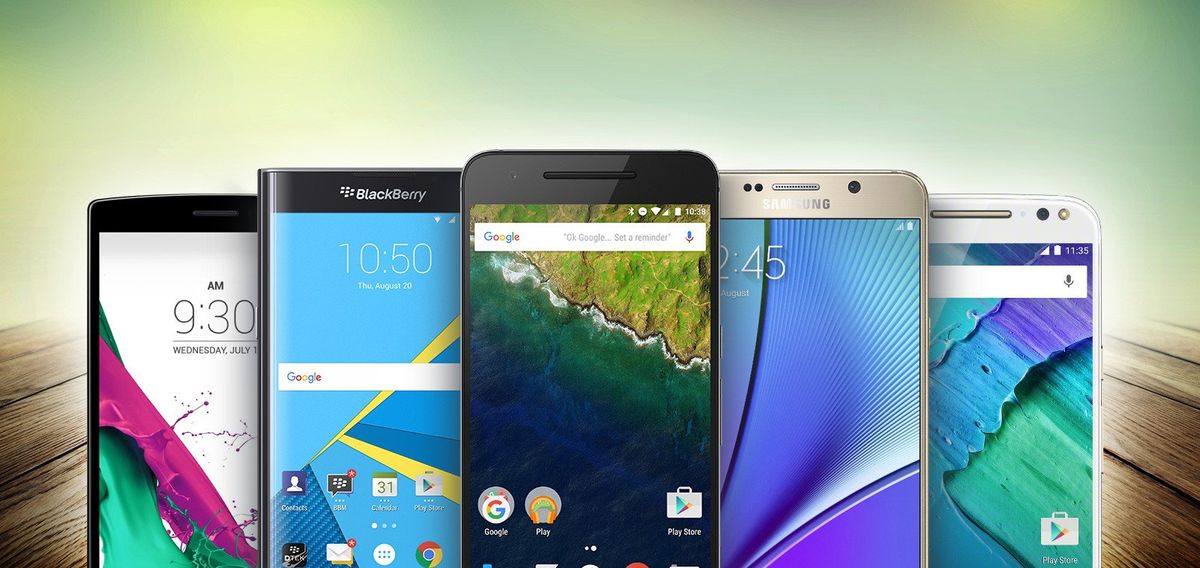
Microsoft's Vice President of Operations Joe Belfiore has officially confirmed what we've been reporting for months: Windows 10 Mobile's days are numbered.
Belfiore's recent tweets confirming the "maintenance mode" status of Microsoft's mobile OS and the company's discontinuing traditional smartphone hardware is hardly news.
In fact, we explicitly stated killing Windows 10 Mobile and quitting smartphones would be prerequisites to Microsoft's Project Andromeda, Windows Core OS based mobile device. Still, could another, even enterprise-focused, Windows device propped on Microsoft's weak ecosystem succeed? Or should Microsoft look elsewhere?
Is Android the answer?
Project Andromeda may or may not result in a marketable device. Microsoft's history of abandoning consumers, developers and OEMs has left the company with weak relationships and a struggling ecosystem.
Andromeda isn't for consumers anyway. Consumers will be able to buy it if they want though. Just like the rest of the Surface lineAndromeda isn't for consumers anyway. Consumers will be able to buy it if they want though. Just like the rest of the Surface line— Zac Bowden (@zacbowden) October 8, 2017October 8, 2017
If Microsoft plows forward, it may do so with an initial enterprise-focused mobile hardware strategy as CEO Satya Nadella recently indicated.
The potential in the consumer space may have to wait for a shift from the current app model toward cross-platform technology such as progressive web apps, AI, bots and a strong PC positioning. These technologies are in their infancy, however.
Microsoft needs a bridge, now, to restore relationships with developers, OEMs, and customers that could potentially translate into broader support of the company's Universal Windows Platform (UWP) and its potential unique new hardware investments. Could bringing a Microsoft branded Android-based smartphone to consumers while still investing in a Core OS ultramobile PC in the enterprise be just what the doctor ordered?
Get the Windows Central Newsletter
All the latest news, reviews, and guides for Windows and Xbox diehards.
Google has Android in its grip
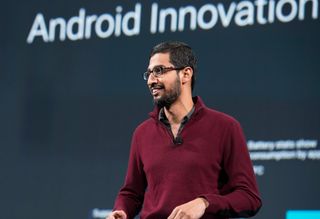
Though Android Open Source Project (AOSP) is open to any OEM to do with it what they will Google has Android virtually locked down in most markets. For instance, the range of products and services Google integrates into its flavor of Android have become nearly synonymous with the platform. The billions of Android smartphones that require a Google login can be credited for this.
Furthermore, any OEM that uses Android on its devices and wishes to retain access to Google's ecosystem must abide by the company's standards not to offer a non-Google Android device.
Given these realities and their limited or non-existent ecosystems, most OEMs concede and rest their devices success in part on Google's products and services. Amazon and Chinese phone manufacturer Xiaomi are two exceptions. They each have the necessary resources to succeed with a non-Google Android ecosystem. Microsoft is another.
Could Microsoft make it as an Android OEM?
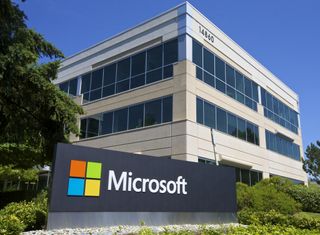
Microsoft Garage, which has yielded a range of original and powerful Android apps like Microsoft Launcher proves Microsoft can innovate on Android. The products ability to integrate with other Microsoft services also proves Microsoft's Android investments are more than skin-deep.
Additionally, the company's previous relationship with Android-focused company Lineage (formerly known as Cyanogen), allowed Microsoft to experiment with deeply integrating Microsoft services like Cortana into Android. Between Microsoft Garage, the company formerly known as Cyanogen and the plethora of cross-platform apps Microsoft has brought the platform, Microsoft knows its way around Android.
Microsoft is heavily invested in Android.
Via Microsoft Graph the company has also integrated Android devices (and to a lesser extent iOS) deeper into Microsoft's ecosystem. Syncing smartphones, via the cloud, to a Windows PC allows users to receive text messages on their PCs or continue certain activity, supported by Cortana, between the phone and PC. Microsoft has not only made Android more Microsoft-esque with cross-platform development but is making its ecosystem a more natural environment in which Android (and to lesser extent iOS) can exist.
Of course, Microsoft's vast ecosystem of productivity apps and cloud-based services like Office 365, would provide a Microsoft Android smartphone with a competitive first-party ecosystem to rival Google's.
Building Android hardware and developer relationships
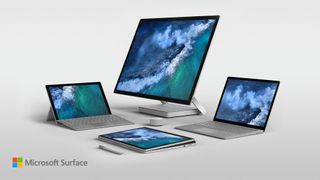
Microsoft's Surface family and HoloLens prove that Microsoft can build compelling hardware. If Surface lead Panos Panay was tasked with building a first-party Android phone I'm confident it would rival the best of what Samsung and Google have put out. It would also provide a Microsoft-branded smartphone target developers might actually be interested in.
Microsoft's primary goal with investing in Android wouldn't be just to get lots of smartphone apps, however. The real prize would be the relationships with developers the android phone would help bridge. Mobile developers are not interested in UWP; they're not even sitting at the table. If Microsoft could loop them into the Microsoft ecosystem by developing for an Android smartphone, opportunities for broader development could be introduced.
A Microsoft Android phone isn't about building apps, it's about building developer relationships.
Sure developing for Android and UWP are different animals. But Xamarin potentially helps lower that barrier. Suppose Microsoft, along with courting developers to build for an Android phone, also put real effort behind Xamarin. The company could make an argument that developers using Xamarin to build Android apps allows them to target multiple platforms, including Windows 10, as well. Thus, an Android phone strategically position's Microsoft to potentially win developers to UWP. This would support Microsoft's Window 10 family of devices including a potential, initially enterprise-focused, Core OS-powered mobile device.
A Microsoft android phone isn't all rosy
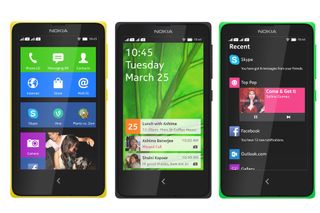
A Microsoft branded Android phone could potentially grab consumer mindshare and would put Microsoft's services where users are - on first-party smartphones. Microsoft could also skin its Android phone to offer a unique smartphone experience. As existing Android apps and the Nokia X prove, it could also approximate Live Tile functionality. Belfiore admits real Live Tile functionality would be complicated since each app would have to support them.
A lot of people asking about this. It would be tough to do, since we'd need the APPS to support their own tiles. https://t.co/sFG5FtSisAA lot of people asking about this. It would be tough to do, since we'd need the APPS to support their own tiles. https://t.co/sFG5FtSisA— Joe Belfiore (@joebelfiore) October 8, 2017October 8, 2017
Other downsides to this plan would be poor OEM support. Most smartphone OEMs are locked into Google (and contractually prevented from making a non-Google Android phone) and are unlikely to drop what they know for a company with a shaky history in mobile.
Also, developers, even given an opportunity to develop for UWP would likely take the road of least resistance and stick with targeting only Microsoft's Android phone. This would, of course, undercut the primary goal of gaining support for UWP. Microsoft's taking and losing that gamble would also convey to current and potential UWP developers and PC OEM partners that Microsoft has little faith in UWP. Consequently, it's ecosystem could take yet another devastating blow. Distributing Android apps would also present a logistic challenge. Would Microsoft use the unified Windows Store or create a new outlet?
There's no easy fix
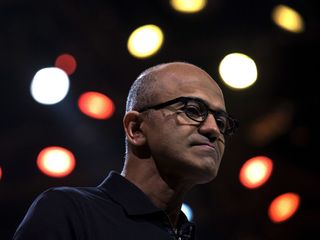
Microsoft jumping to Android has been suggested by many people over the years. One could logically argue several merits to the plan. Furthermore, given Microsoft's investments in the platform, high-profile Android converts like Belfiore and former Microsoft CEO Bill Gates and its dropping of Windows 10 Mobile, some might even say Microsoft is signaling such a move. I doubt it.
In my opinion, the cons of this strategy outweigh the pros. Especially if Microsoft is still investing in Project Andromeda and a unique Core OS device headed to the enterprise. Remember, the primary goal of a Microsoft Android smartphone would be to build developer relationships to benefit Microsoft's ecosystem and to support the company's unique category-defining WinCore OS device in the long-term. Unfortunately, for the reasons discussed, an Android smartphone would likely not yield these results. In fact, it would probably do more harm to UWP and Microsoft's perceived reliability than good.
But what do you think? Should Microsoft go all-in with an enterprise-focused Core OS Surface ultramobile PC and take the gamble with an Android phone for consumers?
Related reading
Jason L Ward is a columnist at Windows Central. He provides unique big picture analysis of the complex world of Microsoft. Jason takes the small clues and gives you an insightful big picture perspective through storytelling that you won't find *anywhere* else. Seriously, this dude thinks outside the box. Follow him on Twitter at @JLTechWord. He's doing the "write" thing!
